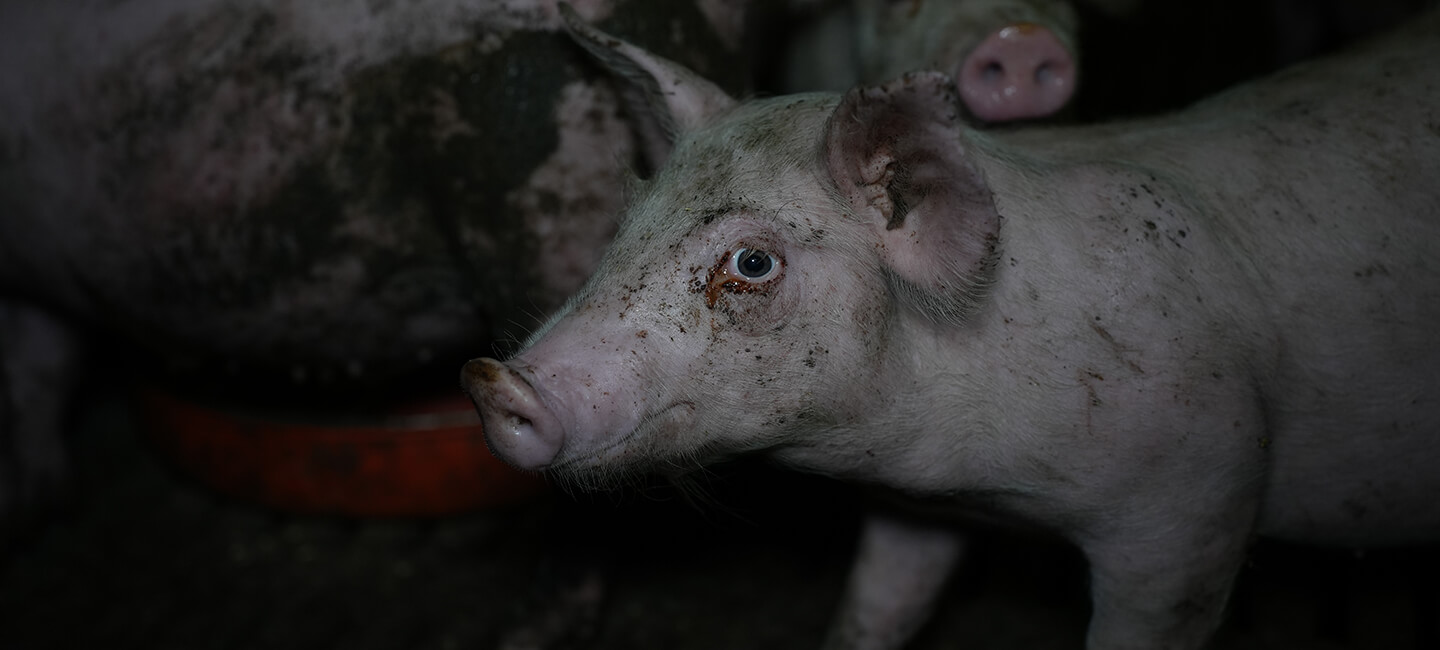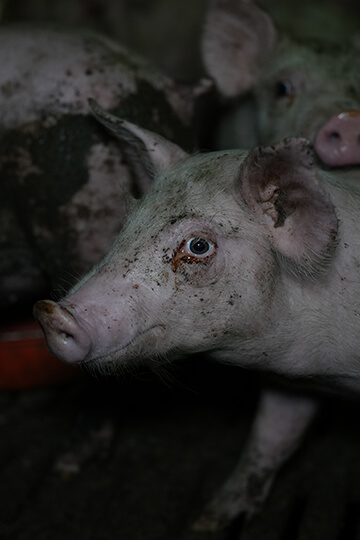

1,867,481 animals in French laboratories in less than 2 months
Every day, in French laboratories, thousands of animals undergo experiments approved by the State. Between September 17 and November 15, 2024, 1,867,481 of them will be used in new projects: 1,690,867 mice, 816 monkeys, 3,048 pigs, 2,895 dogs, 68,440 fish… Eventually, all will be slaughtered or re-used.
Between September 17 and November 15, 2024, the French Ministry of Research once again gave the go-ahead for nearly two million animals to be experimented on. They will soon undergo painful and invasive tests, even though the law requires a reduction in animal experimentation and the use of alternative methods.
Painful surgeries, repeated injections and endless tests will be performed on them. Here are just a few examples…
Invasive surgeries and extreme experimentation for primates
Hundreds of marmosets will undergo craniotomies, i.e. surgeries in which the skull is opened to fix screws and install a medical device. This device, often not specified in the procedures, will be used to record or stimulate their brain activity. No need to draw a picture to understand the intense suffering of the monkeys condemned to undergo these procedures. Afterwards, they will be subjected to intensive behavioral tests, several hours a day, for dozens of weeks, prolonging the stress and pain.
Other studies involve numerous injections and administrations of products to be tested on macaques. Or, in another project, they will be inoculated with pneumonic plague. Procedures with terrible consequences: vomiting, epileptic seizures, cognitive disorders, severe pain or loss of appetite.
Pigs subjected to invasive protocols
Thousands of pigs will be used for invasive tests or surgical training, practices revealed in our recent investigation. They will then endure organ removal, prolonged hemorrhagic shock or cardiac arrest before being killed or reintegrated into the breeding cycle, where they will end up as sausages.
Dogs in the firing line of chemical and medical tests
Hundreds of dogs will be programmed to undergo multiple injections to test therapies, toxicological products, or intentionally induce vomiting and nausea in order to evaluate drugs. Afterwards, they will be “euthanized” for tissue analysis or reused in other protocols.
Rodents at the heart of cruel medical research
Hamsters, guinea pigs, gerbils, mice and rats account for around 96% of the animals included in the protocols validated during this period and intended for use over the coming months.
These protocols include kidney transplants and injections of cancerous cells to observe the progression of certain pathologies. In another procedure, several hundred rodents will have their legs immobilized daily for hours at a time, or will be subjected to extreme behavioral tests such as fear conditioning with electroshocks or forced swimming, a method we have been denouncing for years.
Other projects aim to force-feed them with pollutants in order to study their toxic effects, or to transmit to them serious diseases such as tuberculosis, forcing them to suffer endless symptoms. Other experiments involve inducing neurological damage, such as sciatic nerve damage, or testing toxic substances injected directly into the brain. The result: intense stress, unbearable pain, inflammation and weeks of isolation before premature death, sometimes by cervical dislocation.
Sham transparency, or the wood for the trees
Official reports from the French Ministry of Research conceals considerably the real situation. By counting only the first uses, they do not mention the many experiments repeated on the same animals. This institutional opacity is slowing down the transition to more ethical, modern and reliable research, which is what three quarters of French people want, according to our 2023 survey.
Why aren’t alternative methods the norm?
The 3Rs principle – replace (with other methods), reduce (the number of uses), refine (less pain inflicted) – which features in the European Directive, aims above all to reduce the number of individuals experimented on in laboratories! Professionals need to be trained in alternatives, and investment in animal-free experiments massively increased. In fact, we succeeded in getting an important amendment passed in the Finance Act, introducing a contribution of €1 per animal used to fund this research. Although the law was not passed, it was already a real step forward…
We will continue to denounce these cruel practices and demand concrete measures to protect living beings, until their use in laboratories is abolished. To put an end to their ordeal, join us in demanding an end to animal experimentation!